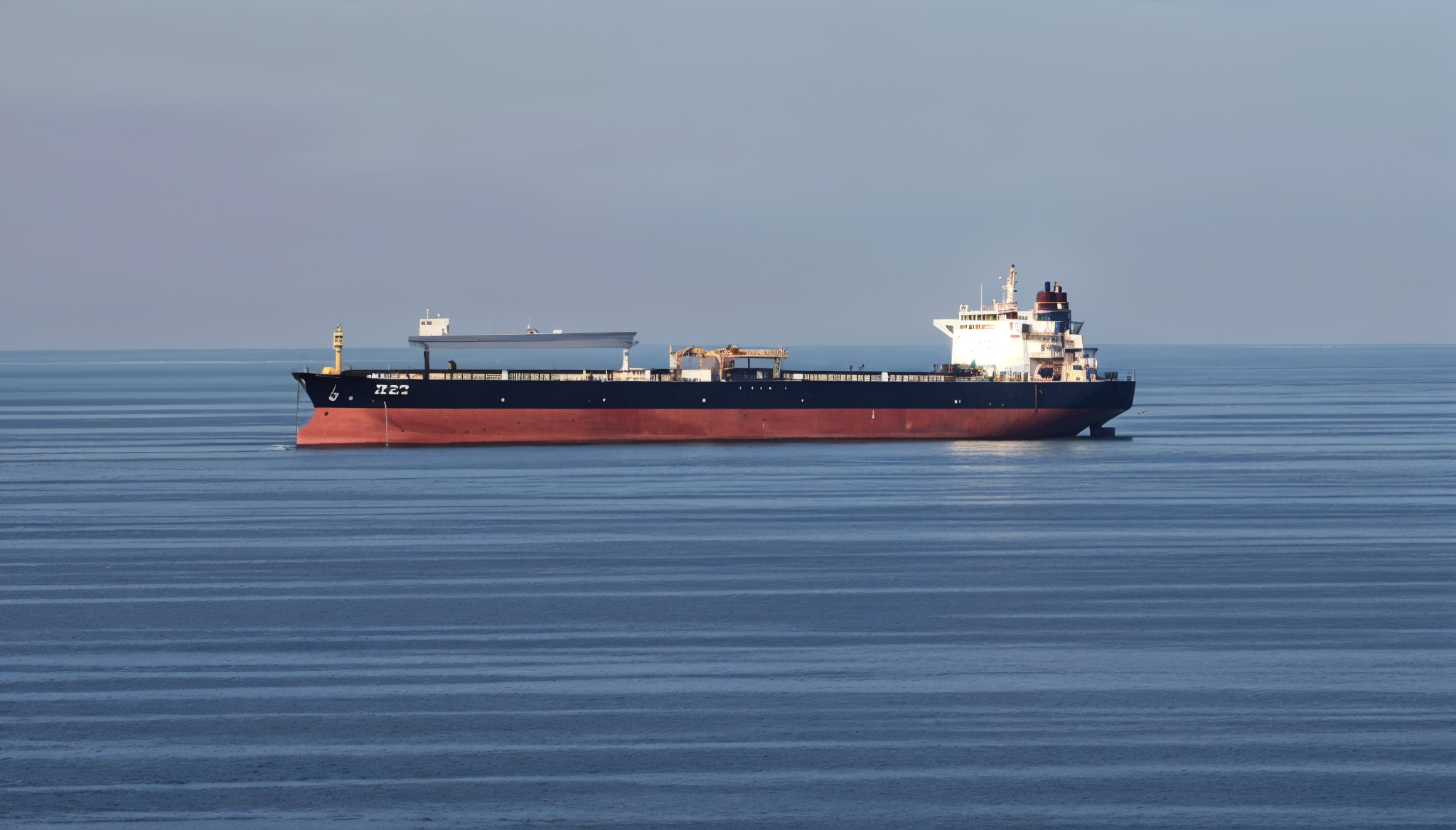Tehran hits back hard — votes to seal off Strait of Hormuz, risking global oil panic and igniting a new flashpoint in the Gulf.
In a stunning escalation after US airstrikes on its nuclear sites, Iran’s parliament has unanimously voted to shut down the Strait of Hormuz — the world’s most critical oil chokepoint.
The resolution now awaits final approval from Iran’s Supreme National Security Council, potentially triggering the most serious threat to global energy supply in over a decade.
🔥 Why the Strait of Hormuz Is the World’s Oil Lifeline

Just 33 km wide, yet it carries nearly 20% of the planet’s oil.
Over 20 million barrels per day of crude and fuel pass through — mostly from Saudi Arabia, Iran, UAE, Iraq, and Kuwait.
Qatar’s LNG lifeline also flows entirely through Hormuz.
Blocking it could send oil prices skyrocketing overnight.
🧨 History Repeats Itself?
From the Tanker War of the 1980s to recent seizures of oil tankers, Hormuz has always been a powder keg. But this time, with war drums beating across the region, a closure could spark a full-blown confrontation at sea.
In 1988, a US Navy ship shot down an Iranian passenger plane.
In 2012, Iran threatened a closure over sanctions.
In 2023 and 2024, Iran seized multiple tankers near the strait.
Now, with US jets bombing nuclear targets and Trump doubling down, Tehran is signaling it’s ready to go all in.
🛢 Oil Panic Incoming?
With only limited alternate routes and most exports Asia-bound, a closure could cripple supply chains, slam energy markets, and drag navies into direct confrontation.
The US Fifth Fleet is already on alert — but if Iran pulls the trigger, the Strait of Hormuz may go from shipping lane to warzone in hours.
The world holds its breath. One vote in Tehran could redraw the global energy map — or light the fuse for the next Gulf war.


